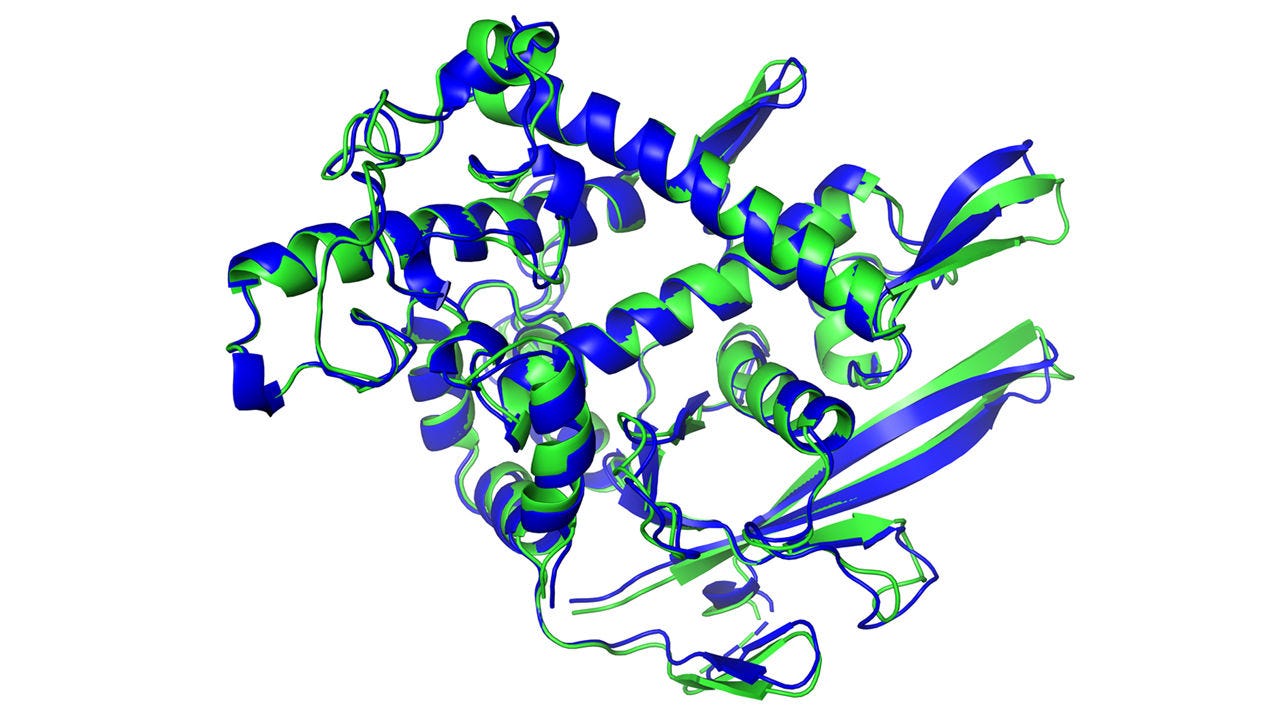
AI’s Breakthrough: Unveiling the Secrets of Protein FoldingAI’s Breakthrough: Unveiling the Secrets of Protein Folding In the realm of molecular biology, protein folding is an enigmatic process that determines the three-dimensional structure of proteins, a fundamental aspect of their function. Unraveling the secrets of protein folding has been a long-standing challenge for scientists. However, recent breakthroughs in artificial intelligence (AI) have revolutionized the field, offering unprecedented insights into this complex phenomenon. The Challenge of Protein Folding Proteins are chains of amino acids that fold into intricate shapes. The correct folding is essential for the protein to perform its specific function, such as catalyzing chemical reactions or transporting molecules. Traditional methods for predicting protein folding were limited and often inaccurate. AI’s Triumph AI, with its formidable computational power and pattern recognition algorithms, has emerged as a game-changer for protein folding. Deep learning models, in particular, have demonstrated remarkable accuracy in predicting the folded structures of proteins. AlphaFold2: A Revolutionary Solution In 2021, Google’s AI division, DeepMind, unveiled AlphaFold2, an AI system that surpassed all known methods in protein folding prediction. AlphaFold2 harnesses a deep learning model trained on a vast dataset of protein sequences and known structures. Unprecedented Accuracy AlphaFold2’s predictions have been extraordinarily accurate, achieving a level of detail comparable to experimental methods. This breakthrough has the potential to accelerate drug discovery, improve protein design, and enhance our understanding of biological processes. Applications in Medicine and Biotechnology The ability to accurately predict protein folding opens up a wide range of applications in medicine and biotechnology: * Drug Discovery: AI can help identify potential drug targets by predicting the structures of proteins involved in diseases. * Protein Engineering: AI can be used to design proteins with novel functions or improved stability. * Diagnostics: AI can assist in diagnosing diseases by predicting the structures of proteins that are biomarkers. Conclusion AI’s breakthrough in protein folding is a testament to its transformative potential in the life sciences. By unlocking the secrets of this fundamental process, AI has opened up new avenues for scientific discovery and accelerated the development of life-changing technologies. As AI continues to evolve, we can expect even greater advancements in our understanding of proteins and their roles in biological systems.
Posted inNews